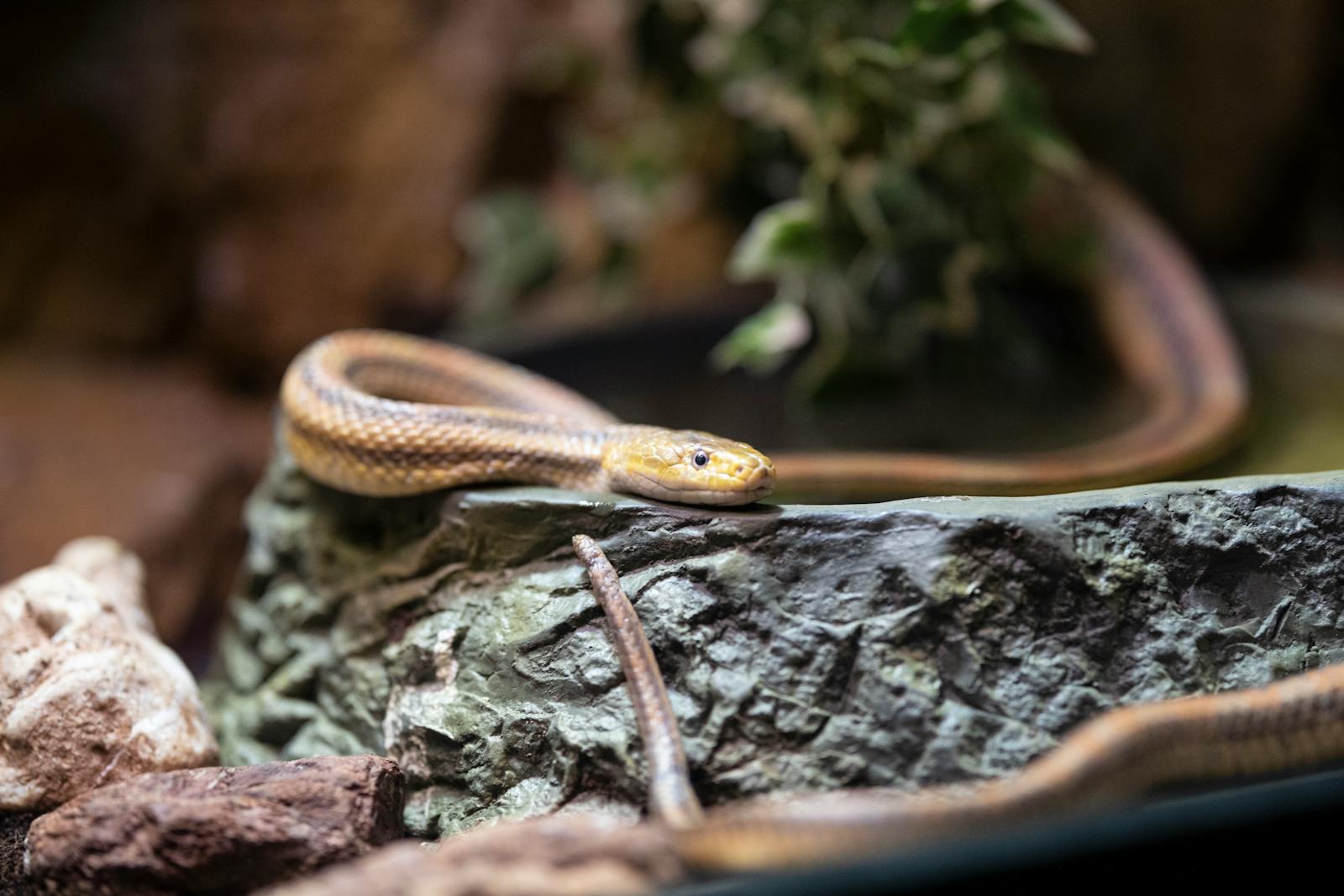In the diverse world of reptiles, snakes have evolved an impressive array of hunting strategies, but perhaps none as sophisticated as the heat-sensing abilities found in certain species. While venomous pit vipers like rattlesnakes are famous for their infrared detection capabilities, there exists a remarkable non-venomous snake that has independently evolved similar heat-detecting superpowers. The boa constrictor, a master of stealth and precision, demonstrates that deadly venom isn’t necessary for becoming an effective predator when you can literally see the heat signature of your prey in complete darkness. This unique adaptation gives these magnificent constrictors a distinct advantage in their hunting endeavors, allowing them to detect prey with astonishing accuracy when other sensory information might be limited or unavailable.
The Remarkable Boa Constrictor
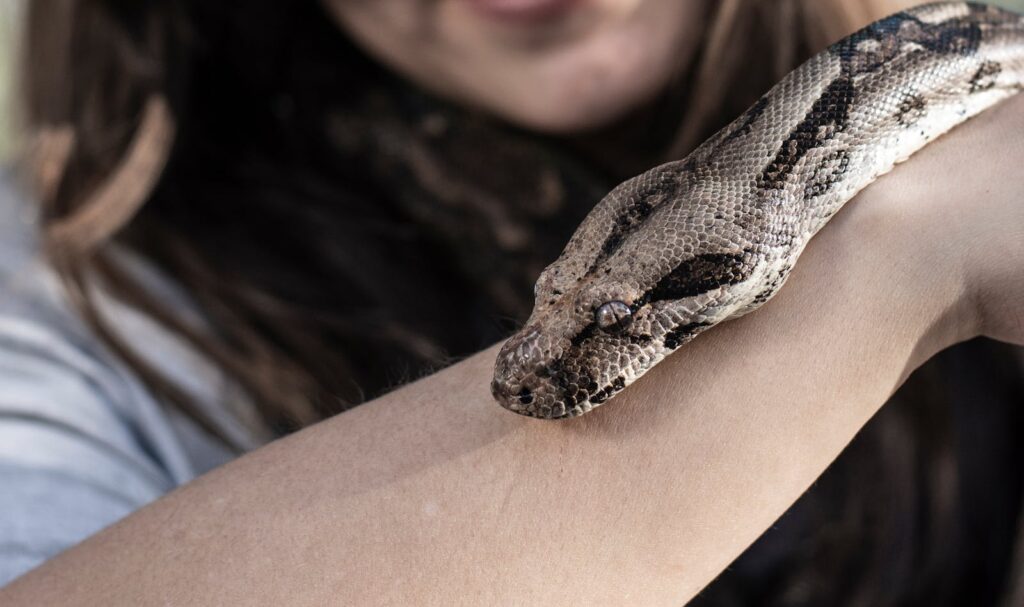
The boa constrictor (Boa constrictor) belongs to the family Boidae and is native to tropical regions of Central and South America. These impressive snakes can grow to lengths of 7-13 feet, with females typically being larger than males. Despite their intimidating size, boa constrictors lack venom glands and instead rely on powerful muscular contractions to subdue their prey. Their distinctive pattern of saddle-shaped markings along their back provides excellent camouflage in their natural forest habitats. These adaptable predators have thrived for millions of years, developing sophisticated hunting techniques that don’t require the metabolically expensive production of venom.
The Evolution of Heat Sensing

Heat sensing in snakes evolved independently in two distinct lineages – pit vipers (Crotalinae) and boas/pythons (Boidae/Pythonidae), representing a fascinating case of convergent evolution. While both groups developed heat-sensing abilities, they did so through different anatomical structures and over separate evolutionary timelines. For boa constrictors, researchers believe this adaptation emerged as they evolved to hunt small mammals, which maintain constant body temperatures higher than their surroundings. Fossil evidence suggests these heat-sensing organs have existed for at least 30 million years, though the capability may be much older. This specialized sense gave these non-venomous constrictors a crucial advantage in locating warm-blooded prey, especially in low-light conditions where vision becomes limited.
Labial Pits: The Heat-Sensing Organs
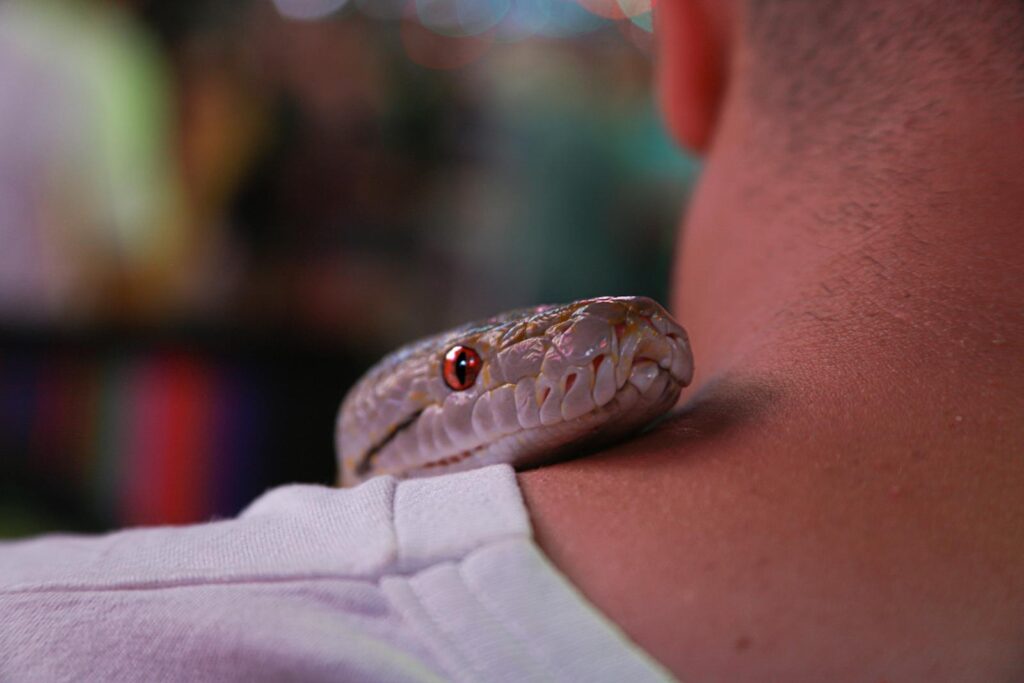
Boa constrictors possess specialized sensory organs called labial pits, which are located along their upper and lower lips in a series of small depressions between their scales. Unlike the more prominent facial pits of vipers, these labial pits are more numerous but individually smaller. Each pit contains a highly sensitive membrane packed with specialized nerve endings that can detect infrared radiation (heat) from warm-blooded animals. These thermoreceptive organs are so sensitive they can detect temperature differences as small as 0.003 degrees Celsius. The strategic placement of these pits around the mouth allows the boa to create a three-dimensional thermal image of its surroundings, effectively giving it a form of “heat vision” that complements its other senses.
How Heat Detection Works
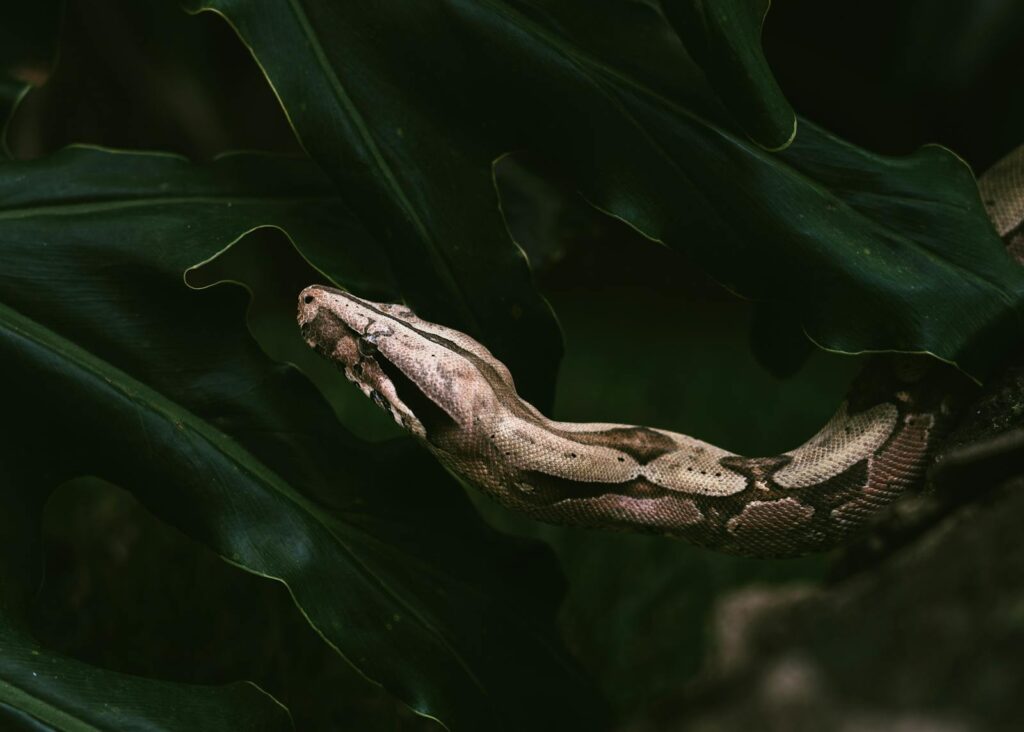
The heat-sensing mechanism in boa constrictors functions through specialized nerve fibers that contain a protein called TRPA1 (transient receptor potential ankyrin 1). This protein channel becomes activated when it detects infrared radiation, converting thermal energy into electrical signals that travel to the brain. Unlike human thermoreceptors that require direct contact, the boa’s labial pits can detect infrared radiation from a distance, functioning similarly to a biological infrared camera. The information gathered from these pits is processed in a specialized region of the snake’s brain, creating a thermal map that overlays with visual and other sensory inputs. This integration allows the boa to pinpoint the exact location of prey even in complete darkness or when the prey is hiding.
Hunting in Complete Darkness
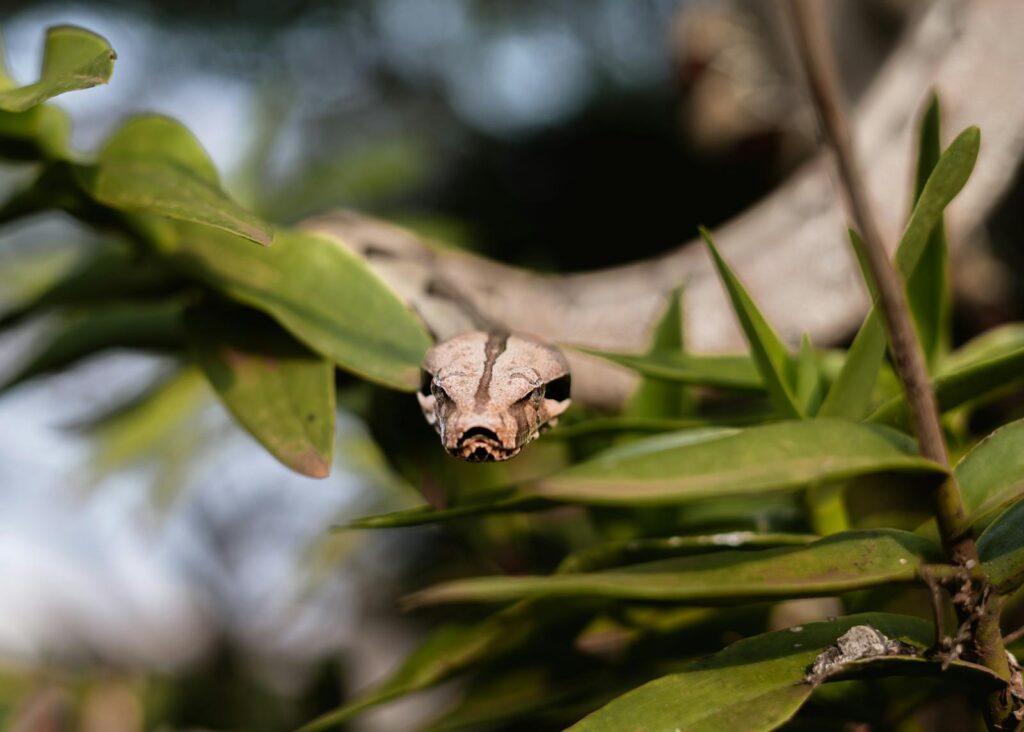
The heat-sensing ability of boa constrictors truly shines in nocturnal hunting scenarios when visual cues are limited or absent. These snakes can successfully locate, track, and strike at warm-blooded prey in pitch-black conditions with remarkable precision. Laboratory studies have demonstrated that blindfolded boas can accurately strike at warm objects placed in their enclosure, relying solely on thermal information. This adaptation gives them a significant advantage when hunting mammals and birds that are active at night. Even when prey animals remain motionless to avoid detection by movement-sensitive predators, they cannot hide their body heat from the boa’s specialized sensory system.
Comparing to Pit Vipers
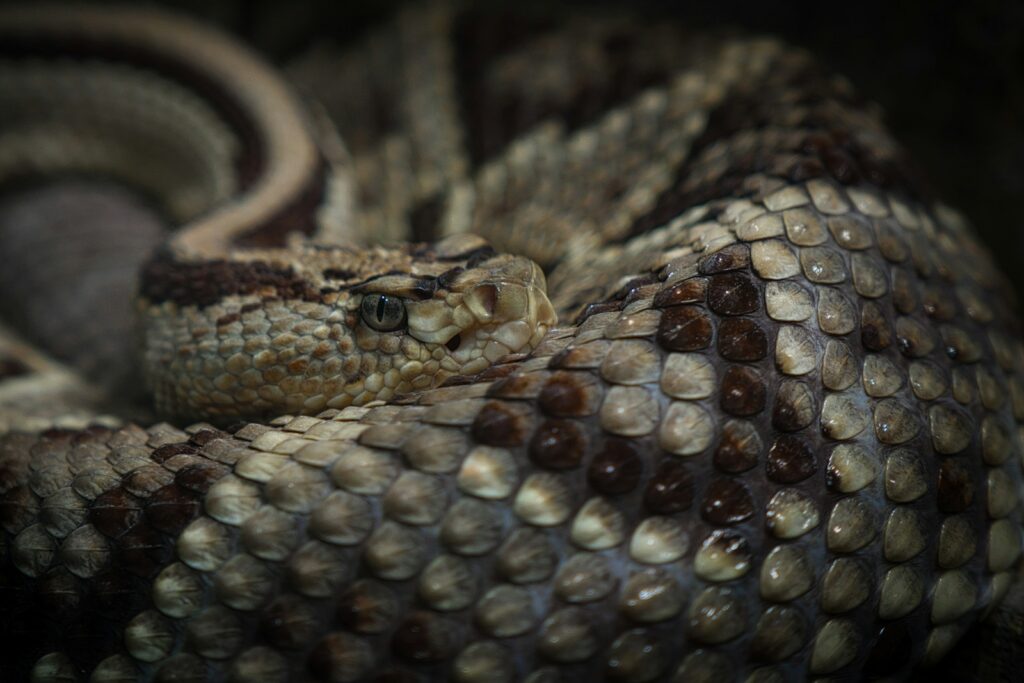
While both pit vipers and boa constrictors possess heat-sensing abilities, there are notable differences in their anatomical structures and sensitivity. Pit vipers have a pair of large, deep facial pits located between each eye and nostril, containing a highly specialized membrane suspended in an air-filled chamber. Boas, meanwhile, have multiple smaller labial pits arranged along their lips. Research suggests that pit vipers generally have greater thermal sensitivity and range, capable of detecting prey from further distances. However, the boa’s multiple pit arrangement provides better directional information and a more comprehensive thermal “image” of their surroundings. These differences reflect their divergent evolutionary paths despite converging on similar hunting adaptations.
The Precision Strike
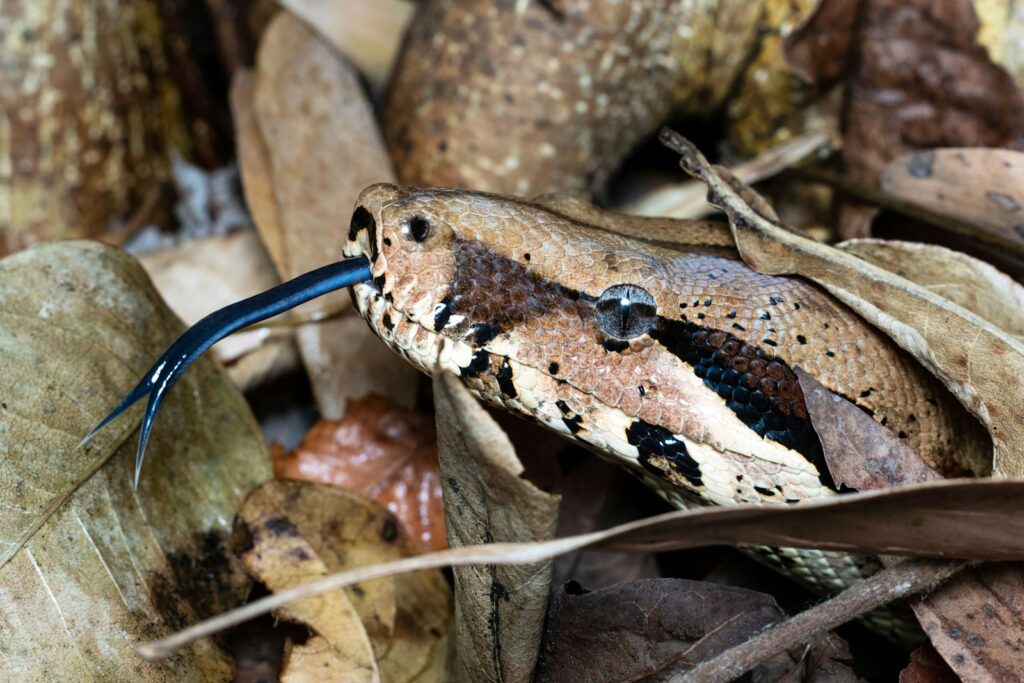
Heat detection enables boa constrictors to execute remarkably precise strikes, even in complete darkness. When a boa detects the infrared signature of potential prey, it carefully positions itself for an ambush, using its thermal sensing to determine the exact location, size, and orientation of the target. The strike itself is a marvel of biomechanics – the snake launches forward with explosive speed, grabbing the prey with its teeth and simultaneously beginning to wrap its muscular body around the victim. Studies have shown that boas almost always strike at the anterior (front) portion of prey animals, which contains vital organs and offers less resistance. This precision targeting is made possible by the detailed thermal information provided by their labial pits.
Beyond Hunting: Thermoregulation and Safety
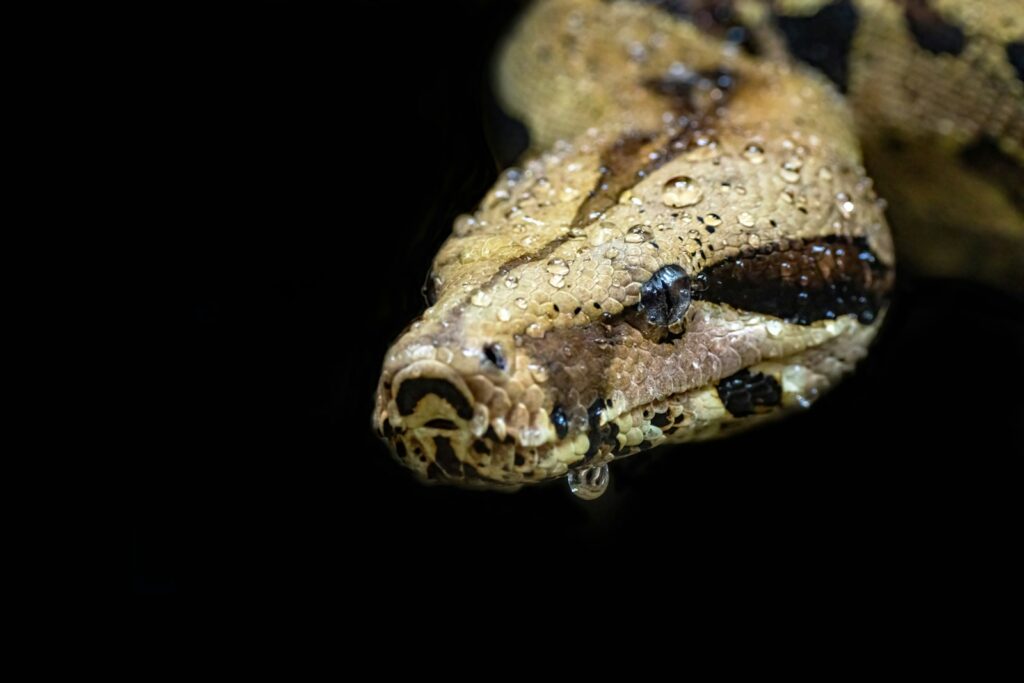
The heat-sensing abilities of boa constrictors serve purposes beyond hunting prey. These thermoreceptive organs also help the snake navigate its environment safely and efficiently. Boas can detect warm surfaces that might provide optimal basking spots for thermoregulation, an essential behavior for these cold-blooded reptiles. The heat sensors also function as a defense mechanism, allowing the snake to detect approaching warm-blooded predators or humans before they come into visual range. In captivity, researchers have observed that boas will orient themselves toward warm-handed caretakers entering a room, even before the snake can see them. This multifunctional sensory system demonstrates the remarkable adaptability of these non-venomous hunters.
Other Heat-Sensing Non-Venomous Snakes

Boa constrictors aren’t the only non-venomous snakes equipped with heat-sensing capabilities. Their close relatives, including pythons, also possess similar labial pit organs. The reticulated python (Python reticulatus), one of the world’s longest snakes, uses heat detection in a similar fashion to the boa constrictor. Ball pythons (Python regius) have particularly well-developed labial pits that aid in their specialized hunting of small mammals in their native African habitats. The anaconda (Eunectes spp.), another member of the boa family, combines heat detection with an semi-aquatic lifestyle, allowing it to detect warm-blooded prey both on land and in water. These diverse examples illustrate how this sensory adaptation has proven successful across different ecological niches.
Scientific Research and Discoveries
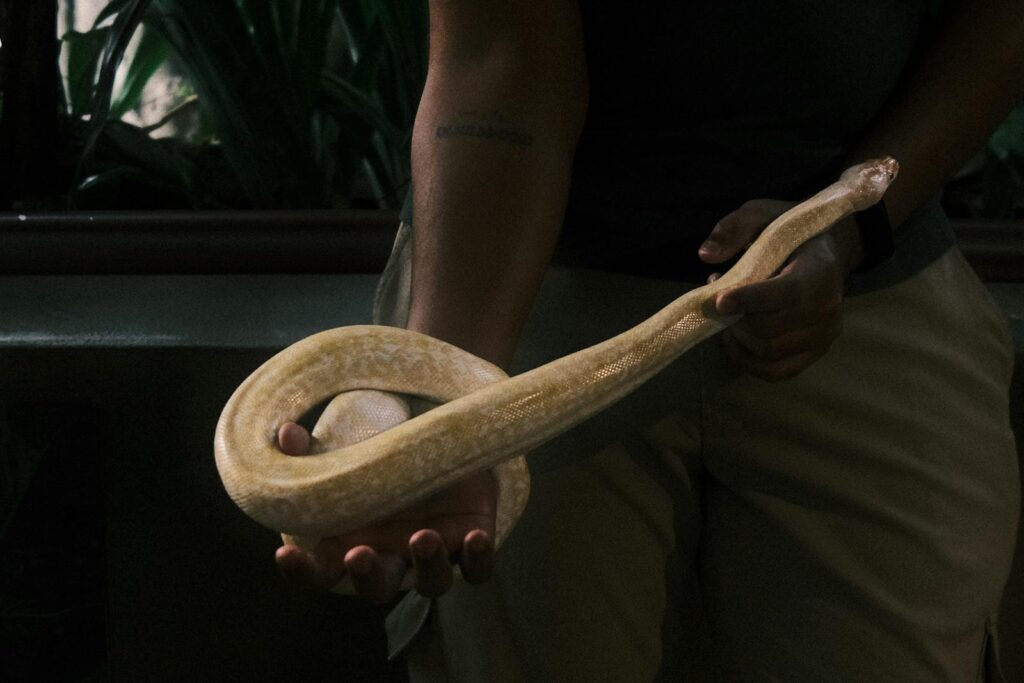
Scientific understanding of heat sensing in boa constrictors has advanced significantly in recent decades through innovative research techniques. In 2010, researchers identified the specific TRPA1 protein channel responsible for infrared detection, providing the molecular basis for this remarkable ability. Neural imaging studies have mapped how thermal information travels from the labial pits to specialized regions in the snake’s brain, revealing a sophisticated processing system. Behavioral experiments using infrared-blocking materials have confirmed the snake’s reliance on these organs during hunting scenarios. Recent studies using thermal cameras and 3D modeling have even allowed scientists to visualize the “thermal landscape” as it might appear to the snake, providing unprecedented insight into how these animals perceive their world.
Conservation Implications
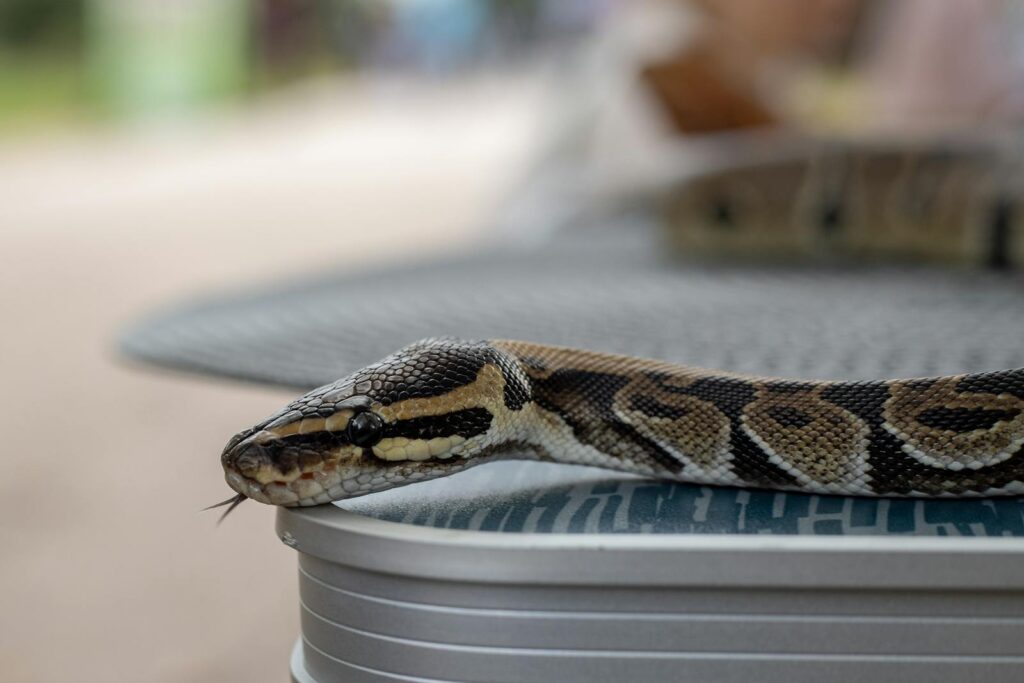
Understanding the specialized sensory adaptations of boa constrictors has important implications for their conservation. As habitat destruction and fragmentation continue to threaten these snakes throughout their native range, their specialized hunting requirements become increasingly relevant to conservation planning. Boas with their heat-sensing capabilities may be particularly vulnerable to changes in prey availability or composition, especially if warm-blooded mammals decline in their ecosystems. Additionally, illegal collection for the exotic pet trade targets these fascinating snakes precisely because of their remarkable abilities and impressive size. Conservation efforts must consider how these specialized sensory adaptations influence the snake’s ecological requirements and resilience to environmental changes.
Boa Constrictors in Human Culture
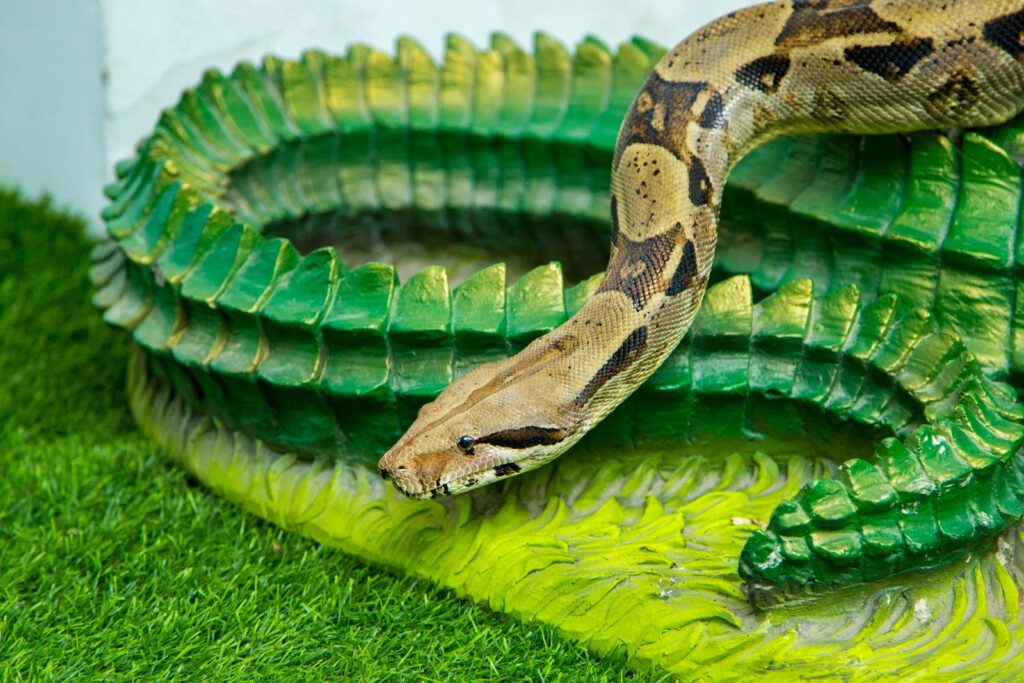
The remarkable abilities of boa constrictors have fascinated humans across cultures for centuries, often earning them a place in mythology, religion, and popular culture. In pre-Columbian Mesoamerican civilizations, boas were frequently depicted in art and associated with fertility and rebirth due to their shedding skin. The Aztec deity Quetzalcoatl was sometimes portrayed as a feathered serpent with attributes similar to local boa species. In modern times, the boa’s hunting prowess and heat-sensing capabilities have been featured in numerous nature documentaries, capturing the public imagination. Despite some lingering misconceptions and fears, increased scientific understanding of these fascinating adaptations has helped foster appreciation for these non-venomous predators and their sophisticated sensory systems.
The Future of Heat-Sensing Research
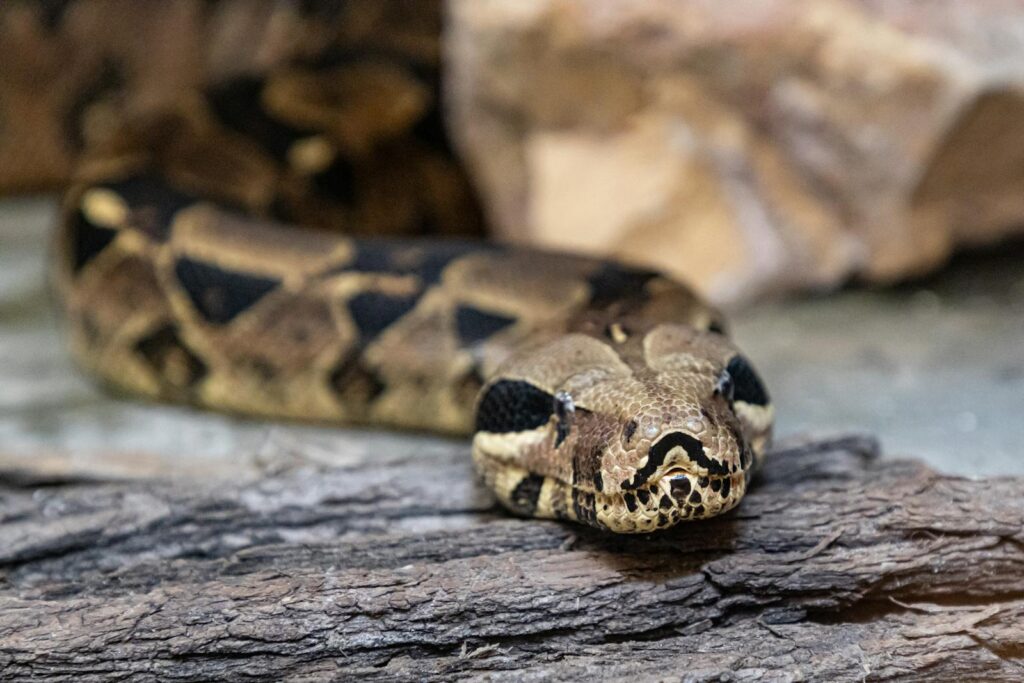
Research on the heat-sensing capabilities of boa constrictors continues to inspire new scientific discoveries and technological innovations. Engineers studying these snakes’ infrared detection mechanisms have developed biomimetic sensors that emulate the sensitivity and efficiency of labial pits. These bio-inspired technologies show promise for applications ranging from firefighting equipment to medical imaging devices. Ongoing neurobiological research aims to further understand how the snake’s brain processes and integrates thermal information with other sensory inputs. As genetic and molecular tools advance, scientists hope to uncover more details about how these remarkable adaptations evolved and function at the cellular level. The humble boa constrictor, with its sophisticated non-venomous hunting strategy, continues to serve as an inspiring model for both biological understanding and technological innovation.
Conclusion
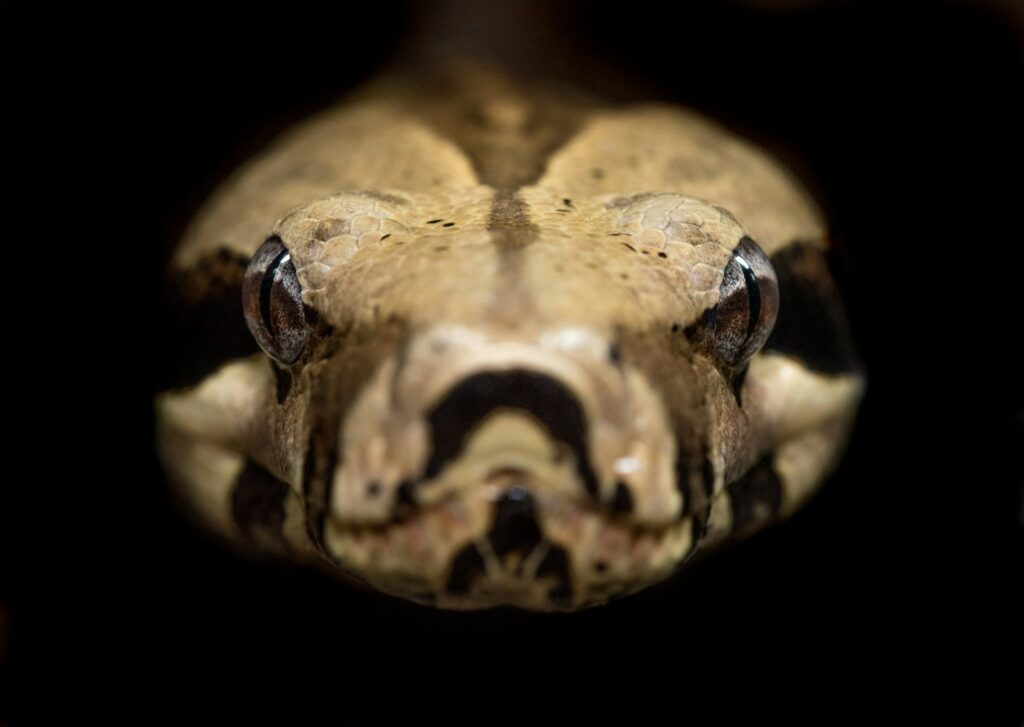
The boa constrictor demonstrates nature’s remarkable ingenuity through its evolution of heat-sensing capabilities as an alternative to venom. These specialized labial pits transform these constrictors into highly efficient nocturnal hunters capable of detecting even the faintest thermal signatures of their prey. Unlike their venomous counterparts, boa constrictors have developed this sophisticated sensory system alongside powerful muscular adaptations, proving that multiple evolutionary pathways can lead to successful predatory strategies. As we continue to study these fascinating reptiles, we gain not only a deeper appreciation for their unique adaptations but also inspiration for technological innovations based on their remarkable abilities. The boa constrictor stands as a testament to the incredible diversity of solutions that have evolved in the natural world, reminding us that there are many paths to becoming a successful predator.

